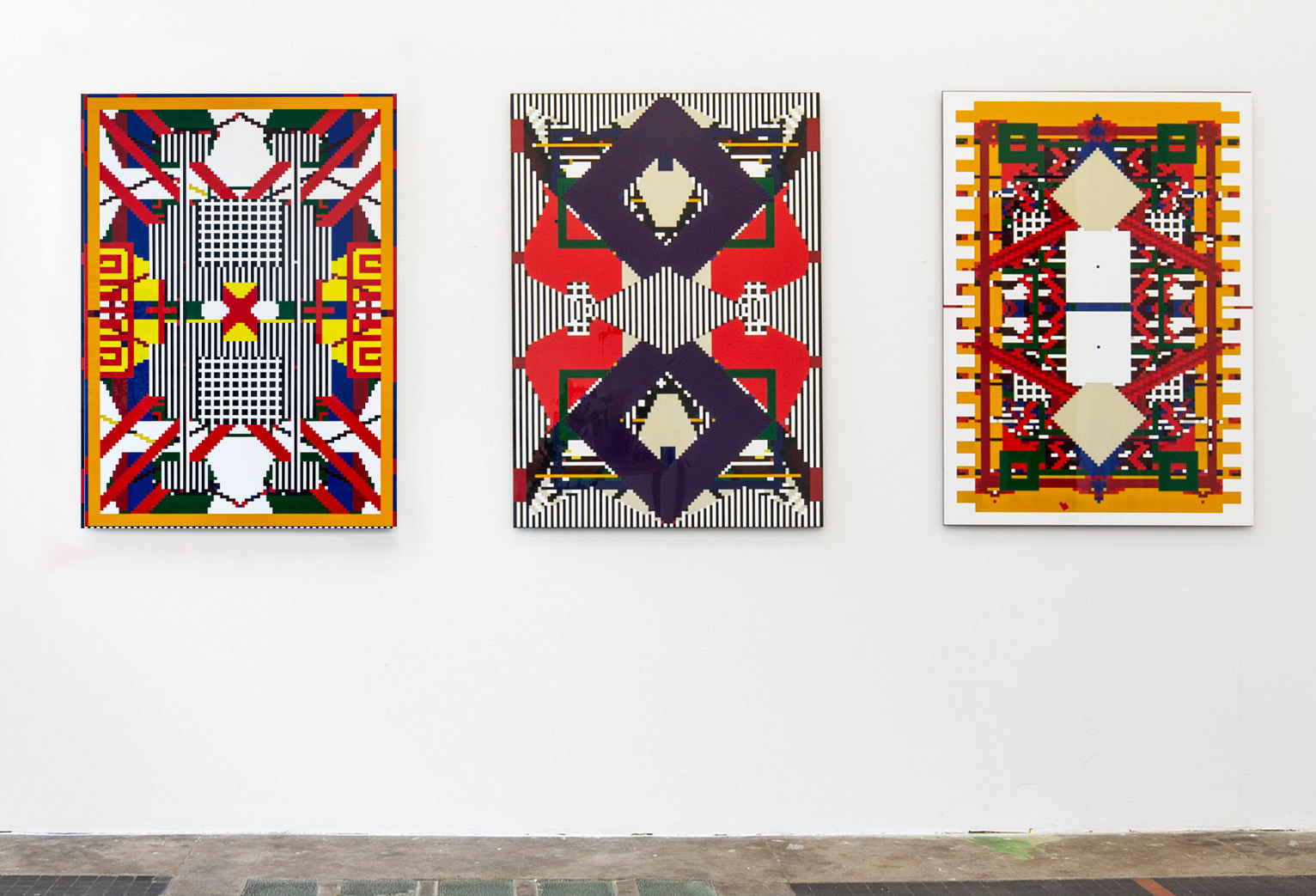
Overall NFT trading volume has fallen a staggering 97 percent from its peak in 2021, but the horizon of crypto art can claim one bright spot: the medium of and market for generative art.
On December 1 at Art Basel Miami Beach, the form is taking the spotlight at the Tezos and Fxhash exhibition, “Performance in Code: Deciphering Value in Generative Art.” Emerging generative artists such as Ivona Tau and Tyler Boswell will be featured, and visitors can mint their own generative NFTs.
The exhibition follows the opening of Refik Anadol’s solo show at New York’s Museum of Modern Art, where generative art is receiving a major museum showcase. On view is the artist’s latest data-driven architectural installations, created by inputing data culled from MoMA’s own archives—everything from the photographs of Hans Haacke to paintings by Cézanne and Van Gogh—into code that generates chance-based waves and geometric shapes.
Such institutional recognition follows respectable, if cautious, market interest. Throughout 2022, major auction houses Christie’s, Phillips’s and Sotheby’s have held generative art sales, with the latter’s April auction fetching a total of $2.3 million. Art Blocks, the platform founded by Erick Calderon (a.k.a. Snowfro) that’s been largely responsible for popularizing on-chain generative art, has also been performing remarkably well, despite the crypto bear market: its market cap as of September 2022 exceeds $841 million.
But even as generative art might weather the flailing NFT market (its plunge lately fueled by FTX’s spectacular crash), the recent mainstreaming of A.I. technology could bode further shifts in the field.
Vera Molnár, (Des)ordres (1974). Courtesy Phillips
Generative art emerged as far back as the 1960s, spearheaded by the pioneering likes of Vera Molnár and Herbert Franke, who used system-based design thinking to engineer random and iterative works. The form has found new life on-chain with practitioners such as Snowfro and Dmitri Cherniak deploying creative coding and algorithms to generate variations with every mint of a smart contract.
“What these artists all have in common,” said George Bak, a collector and art advisor, were their “unwavering dedication to chance and control, a kind of cybernetic serendipity.” According to Bak, who organized a generative art auction at Phillips earlier this year, the form remains one of the least understood and appreciated genres of new media art. While the market may be slow to embrace generative art, he added, institutions have not.
Janek Simon, Meta Folklore sculpture, based on data and AI, 3D Print, courtesy the artist and Raster Gallery Warsaw.
But lately, the emergence of A.I. generators such as OpenAI’s DALL-E have made generative art newly accessible—and even acceptable. For Janek Simon, the Polish artist whose Synthetic Folklore project saw him use A.I. to reimagine various ethnic traditions, the new A.I. models are a game-changer, and whose “meta folklore” sculptures based on generative principles will be on view next month at Nada Miami in the booth of Warsaw’s Raster Gallery, says that “there are at least two eras in generative art: before and after A.I.,” Simon told Artnet News, pointing to A.I. programs like DALL-E, Midjourney, and Async Art, which he has experimented with. But what actually makes A.I. art interesting, he added, are “not just projects that use glitches and cheesy features. If you really want to get into it, A.I. and generative art, you need to learn how to code.”
Refik Anadol Machine Hallucinations: Nature Dreams at Galerie König, Berlin. Photo: Roman Maerz.
Being attuned to the cutting edge of technology, generative artists like Simon also hesitate to view A.I. as a threat to human creativity or artistry. “It would be super difficult for A.I. to come up with an idea like putting a urinal on a plinth,” he said, referring to Marcel Duchamp’s 1917 readymade, Fountain.
Cherniak, whose latest generative art collection was created in partnership with the estate of László Moholy-Nagy, echoed that sentiment. “I think that we are living in an increasingly technical world, with increasingly powerful technological tools, and humanity will always exhibit some form of creativity,” he told Artnet News. “It makes perfect sense to me that as these tools because more accessible and the general public becomes more technologically inclined that they would use automation and code for creative pursuits.”
With or without market interest, it seems, the field of generative art is progressing apace, helped by a plethora of new tools and software. Besides Anadol’s showcase at MoMA, Pace Verso, the Web3 arm of Pace Gallery, has been recruiting a host of top generative artists via its partnership with Art Blocks. Most recently, in October, the pair released Loie Hollowell’s first NFT project, a set of 280 generative sculptural abstractions.
These developments, alongside an institutional push, could likely clear a longer-term path for digital art and NFTs. “The machine brings opportunities to find new forms of expression that the artist adjusts based on their vision,” said digital art curator Aleksandra Artamonovskaja. “For some, the machine is just like the paintbrush, while for others, the token is the medium—the canvas for creation.”